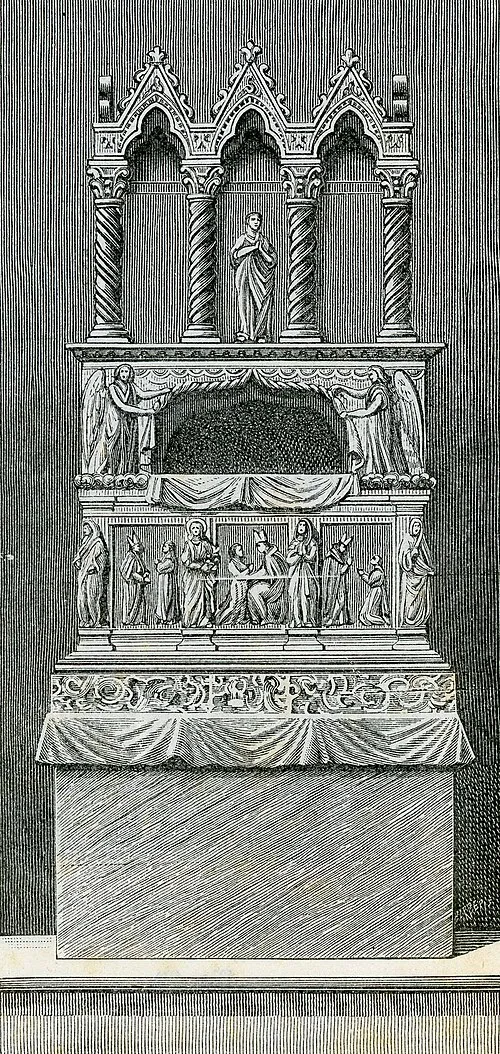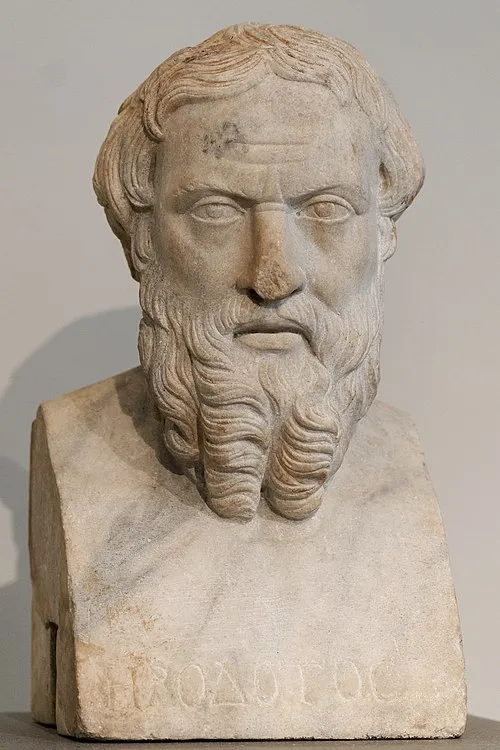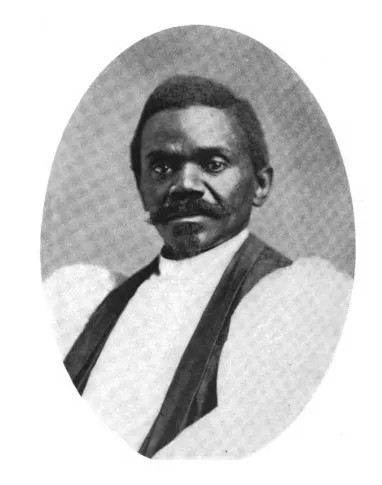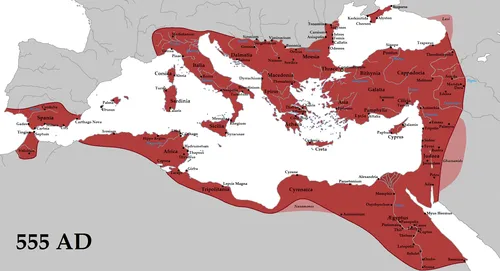
Unveiling the Beauty of Kasuga Matsuri: A Cultural Jewel of Nara, Japan
Every spring, the city of Nara, Japan, transforms into a vibrant canvas of traditional culture and festivity during the Kasuga Matsuri. Held at the revered Kasuga Grand Shrine, this annual festival showcases the rich history and spiritual significance of one of Japan's most celebrated Shinto shrines.
Historical Background of Kasuga Matsuri
The Kasuga Matsuri has its origins rooted in ancient Shinto traditions. The festival dates back to the 8th century and commemorates the offerings made to the deities enshrined in Kasuga Grand Shrine. It is closely associated with the city of Nara's status as the ancient capital of Japan, famous for its role in the development of Japanese culture.
Key Features of the Festival
Kasuga Matsuri is characterized by several notable activities that attract both local residents and tourists alike:
- Procession of Lanterns: One of the festival's main highlights is the enchanting lantern procession that takes place on the evening of the festival. Thousands of stone and bronze lanterns lining the paths to Kasuga Shrine are lit up, creating a breathtaking spectacle reminiscent of ancient Japan.
- Shinto Rituals: Participants honor the gods through traditional Shinto rituals. These rituals include omikoshi (portable shrines), where divine spirits are believed to temporarily inhabit the shrines during the festivity.
- Traditional Performances: Visitors can enjoy traditional Japanese performances, including music, dance, and theatrical presentations, which highlight the cultural heritage of the Nara region.
Visiting Kasuga Grand Shrine
Kasuga Grand Shrine itself is a UNESCO World Heritage site, surrounded by lush forests and sacred deer that roam free in Nara Park. The shrine embodies classical Japanese architecture and is adorned with thousands of stone lanterns, most of which date back centuries. When visiting during the festival, guests are encouraged to explore the shrine's tranquil gardens and partake in the serene atmosphere long associated with this sacred site.
Tips for Attending Kasuga Matsuri
- Plan Your Visit: Check the official schedule for the festival dates as they can vary each year.
- Arrive Early: The festival can draw large crowds, so arriving early will give you a chance to secure good viewing spots for the procession and performances.
- Respect Local Customs: As this is a religious event, be mindful of local customs and follow any guidelines provided by festival organizers.
- Explore Nara: Extend your visit to explore more of Nara’s attractions, such as Todai-ji Temple and Nara Park, to fully appreciate the area's rich heritage.
Conclusion
The Kasuga Matsuri stands not only as a celebration of Nara's ancient traditions but also as a dynamic reflection of Japan's cultural identity. Whether you are a history buff, a cultural enthusiast, or simply a traveler seeking unique experiences, the Kasuga Matsuri offers a gateway to experience the spiritual essence and historical richness of Japan. Don’t miss the chance to immerse yourself in the captivating aura of this magnificent festival!






